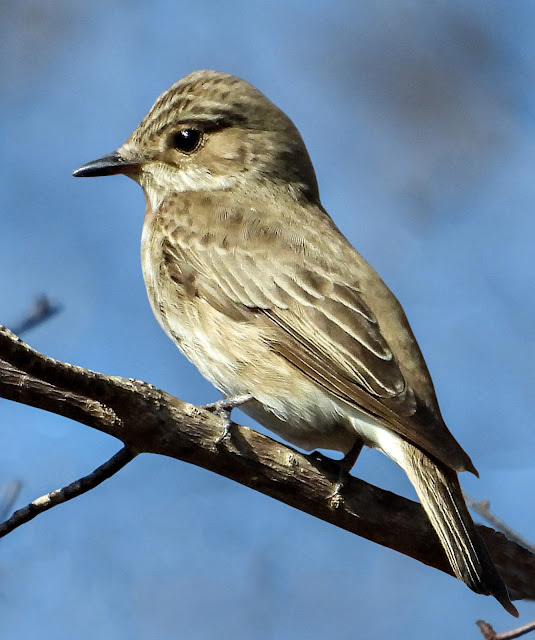Idaea cervantaria is a species of insects with 1239 observations
Wingspan 1.4 to 2.2 cm. Straw-like in appearance, with yellowish wings with scattered dark, brown or grayish scales. On each wing it has a wavy line with small pointed dots, pointing backwards. Sometimes these details are not noticeable. Between these lines and the rear edge, it has dark spots that may have a light wavy stripe. It has a point on each wing but the ones on the front can go unnoticed.
There are other similar species that are impossible to distinguish externally, so for correct and secure identification it is necessary to resort to genital analysis. Several of them have been found in the province of Malaga, although I. cervantaria is currently the most common and the only one that has been observed in urban environments.
In the province of Malaga, individuals determined by genital analysis were found in January, February and May, while those suspected of being so can be found in all months of the year.
The caterpillars feed on dry leaves of herbaceous plants and in captivity with petals of different asteraceae and sea alder (Lobularia maritima), the latter common in our province, especially in sunny areas of the limestone mountains, and occasionally used in gardening by the showiness of its inflorescences.
In Malaga it frequently goes to the urban lights, resting for hours and even days around them, if they are in a shady place. It has been documented through genital analysis in the streets of Mijas Pueblo, Monda and some natural environments. Individuals suspected of being I. cervantaria have been observed throughout the province, in Málaga capital, Alhaurín el Grande, Álora, Alpandeire, Benalauría, Benalmádena, Cártama, Casarabonela, Frigiliana, Genalguacil, Igualeja, Istán, Ojén, Parauta and Yunquera.
In cities, an easy way to benefit this species would be greater use of sea alder in gardening, a plant that, in addition to being attractive, is rich in nectar production, which would benefit diurnal butterflies and the entire food chain.
%201.jpg)
%202.jpg)










%201.jpg)
%202.jpg)









%2022.jpg)



%201.jpg)
%202.jpg)




%20(Turdus%20merula)%2020.jpg)





%201.jpg)



